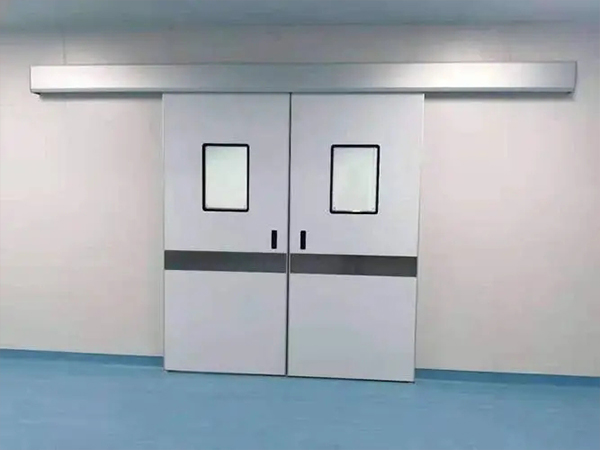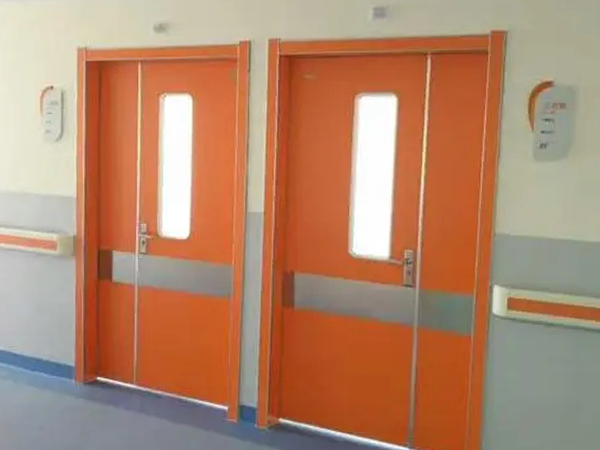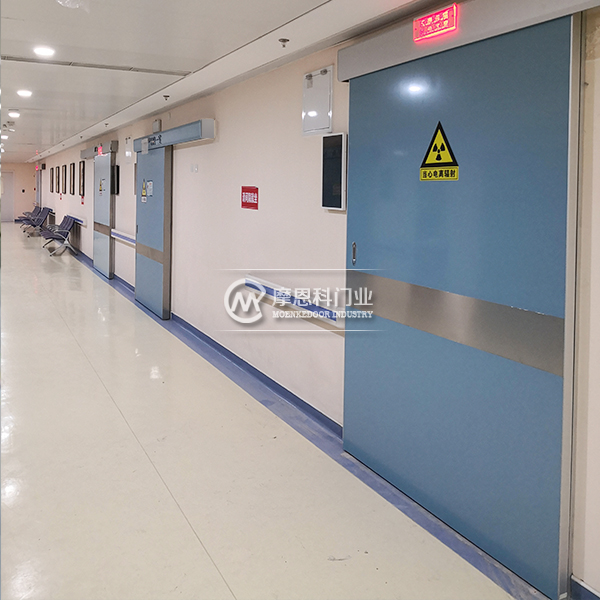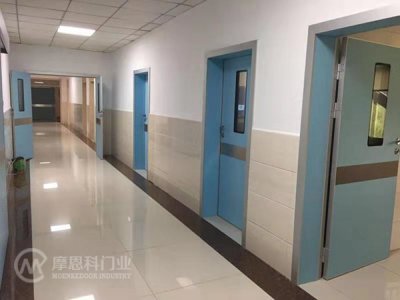Nowadays, medical doors are a common type of door in hospitals, clinics, and other medical institutions. It is a door specifically designed for medical environments, with special functions and features to meet the needs and requirements of medical institutions. The design and selection of materials for medical doors have been carefully considered to ensure the highest level of hygiene and safety in the medical environment.

Firstly, the material selection of medical doors is very important. Medical doors are usually made of corrosion-resistant, easy to clean, and antibacterial materials, such as stainless steel, aluminum alloy, or special plastics. These materials have antibacterial properties, which can effectively prevent the growth and spread of bacteria, ensuring the hygiene and safety of medical environments.
Secondly, medical doors also have good sealing performance. Medical institutions have very high requirements for clean areas, so medical doors need to have good sealing performance to prevent the spread of air, bacteria, and viruses. The sealed design can effectively isolate noise and odors, providing a comfortable medical environment.
Again, medical doors are often equipped with special opening and closing mechanisms to meet the needs of medical institutions. For example, some medical doors use automatic sensing switches that can automatically open or close based on the proximity of personnel. This design can avoid cross infection and improve work efficiency. Some medical doors are also equipped with fire-resistant features to ensure safety in emergency situations.
Fourthly, medical doors may also have radiation protection properties. In certain specific medical environments, such as radiation therapy rooms or nuclear medicine diagnostic rooms, medical doors may need to prevent radiation leaks. This type of door is usually made of special materials that can effectively block radiation and ensure the safety of medical staff and patients.
In addition, medical doors usually have certain waterproof performance to cope with possible liquid splashing or water vapor problems in medical environments. They need to be easy to clean and able to dry quickly to prevent the growth and spread of bacteria.

In short, medical doors are a very important part of medical institutions, with special functions and characteristics to meet the needs of the medical environment. They ensure the hygiene and safety of medical institutions through special material selection, good sealing performance, special opening and closing mechanisms, and other special designs. When selecting and installing medical doors, medical institutions need to carefully consider their functions and characteristics to ensure that they meet specific needs and requirements.













